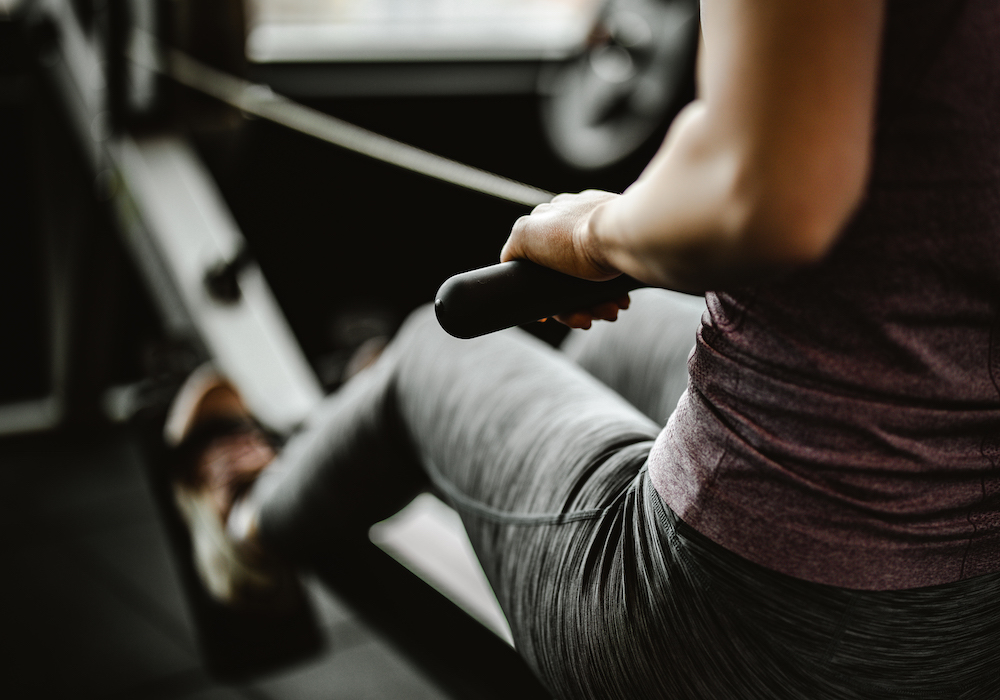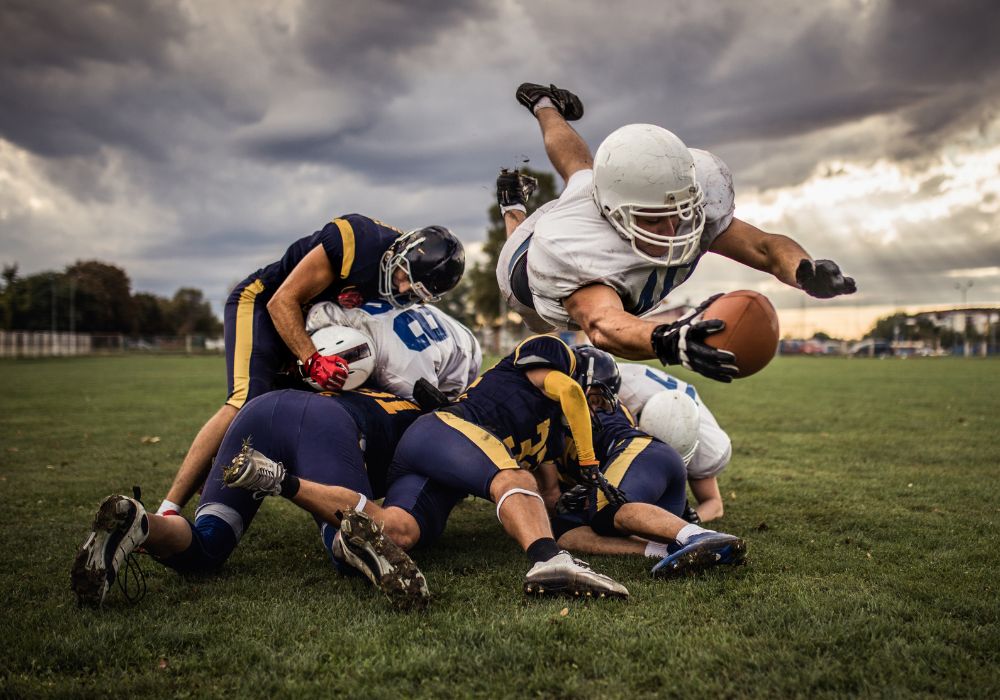THIS IS PART OF THE ULTIMATE GUIDE TO SPORTS MEDICINE
Rowing for sport began in 1828, and was one of the original sports in the modern Olympic Games. The sport requires a high level of physical conditioning, comparable to a cross-country sport.
Because of the long periods of repetitive motions in rowing, overuse injuries are common in the sport. Luckily, many of these injuries can be treated by an OrthoIndy orthopedic specialist or at an OrthoIndy Urgent Care.
OrthoIndy physician and former World Champion in Kayak Singles, Dr. Renn Crichlow, discusses common rowing injuries and how to prevent them.
Make an appointment with Dr. Renn Crichlow
What are the most common rowing injuries?
“Rowing isn’t a particularly common sport in Indiana, but it is an awesome indoor cardio workout and with people social distancing it can be very attractive in a home gym,” said Dr. Crichlow.
However, no matter where you row, injuries can still occur.
- Wrist pain: Wrist tendonitis is common for rowers due to the repetitive turning movement in the wrist. The muscles in the wrist get fatigued causing pain and inflammation.
- Shoulder pain: Repetitive use of the shoulder can cause shoulder impingement. The overhead rowing motion can affect the biceps tendon and bursa, causing irritation, inflammation and pain.
- Rib pain: Pain in the ribs is common due to the loading lift of the strokes. It can cause small microscopic cracks in the ribs known as rib stress fractures from the bone being weakened.
- Knee pain: Patellar tendonitis is a common injury that happens during the catch phase. This means the rower bends their knees too much during the catch phase of the stroke leading to patellofemoral stress syndrome or iliotibial band syndrome. Iliotibial band (ITB) friction syndrome can also be caused from the ITB getting too tight, causing inflammation and pain.
- Back pain: Lumbar back pain can be caused from muscle strain or stress fractures due to poor posture while rowing and lack of core strength to stabilize the back.
Other common injuries are rowing calf strain and rowing finger tendonitis.
It’s important to make sure you are not favoring one muscle over another. “Rowing can lead to muscle imbalances with stronger quads and glutes, but very tight hip flexors and hamstrings – this leads to trouble with the low back, patellar tendons and IT Band,” said Dr. Crichlow.
Treatment options for rowing injuries can vary on severity.
“Due to the fact that many people are not used to using their upper body in such a repetitive and highly loaded fashion forearm, wrist and elbow tendonitis can occur as well, said Dr. Crichlow. “This will typically respond to ice and NSAID’s but may require other more significant interventions that OrthoIndy can help with.”
How are rowing injuries prevented?
- Warm up and cool down. Light jogging and gentle stretching before and after activity helps your muscles increase flexibility, which means they are less likely to get injured. If you are returning from an injury, it’s important to focus extra stretching on that body part.
- Cross train your muscles. If you are a runner, try some strengthening exercises. If you only focus on weightlifting, mix in some cardio.
- Practice safe techniques for rowing. Follow the strategies for the specific motion you are trying. If you are unsure about how to properly perform a movement or your body is still feeling pain, ask a personal trainer or your coach for pointers.
- Don’t train too hard too quickly. Gradually increase the intensity of your workouts. Increasing the intensity of your workouts too fast can lead to overuse injuries.
- Rest when you are in pain. When you are sore or in pain, take a break. Pushing through pain can lead to further injuries.
- Recover properly. Take care of your body after a hard workout by taking an ice bath, eating properly and getting the proper amount of sleep each night.
Dr. Crichlow provides personal experience advice on how to prevent injuries while rowing. “Start slowly and work rowing into a cross training regimen of biking, running, elliptical and rowing,” said Dr. Crichlow. “If you are at a gym with the equipment 10 minutes of each is an awesome way to do cardio and avoid boredom and repetitive strain injuries.”
If you do experience an injury, OrthoIndy offers different treatments options to help you get normal back.
Schedule an appointment
Your well-being is important to us. Click the button below or call us to schedule an appointment with one of our orthopedic specialists. If your injury or condition is recent, you can walk right into one of our OrthoIndy Urgent Care locations for immediate care. For rehabilitation and physical therapy, no referral is needed to see one of our physical therapists.





